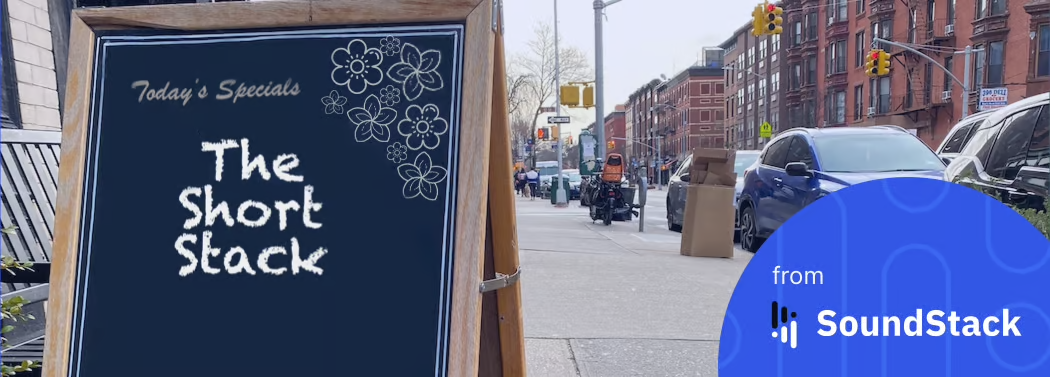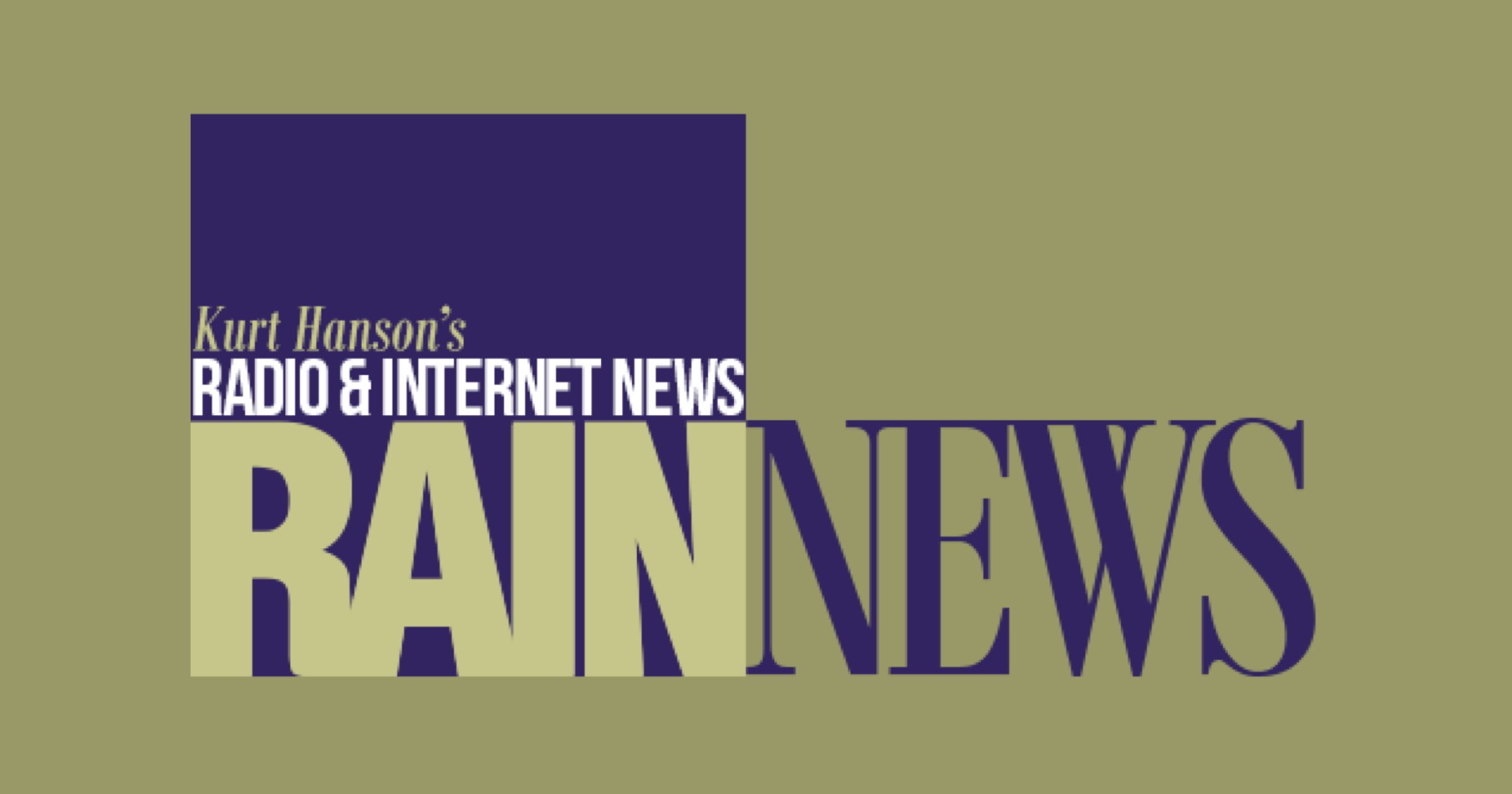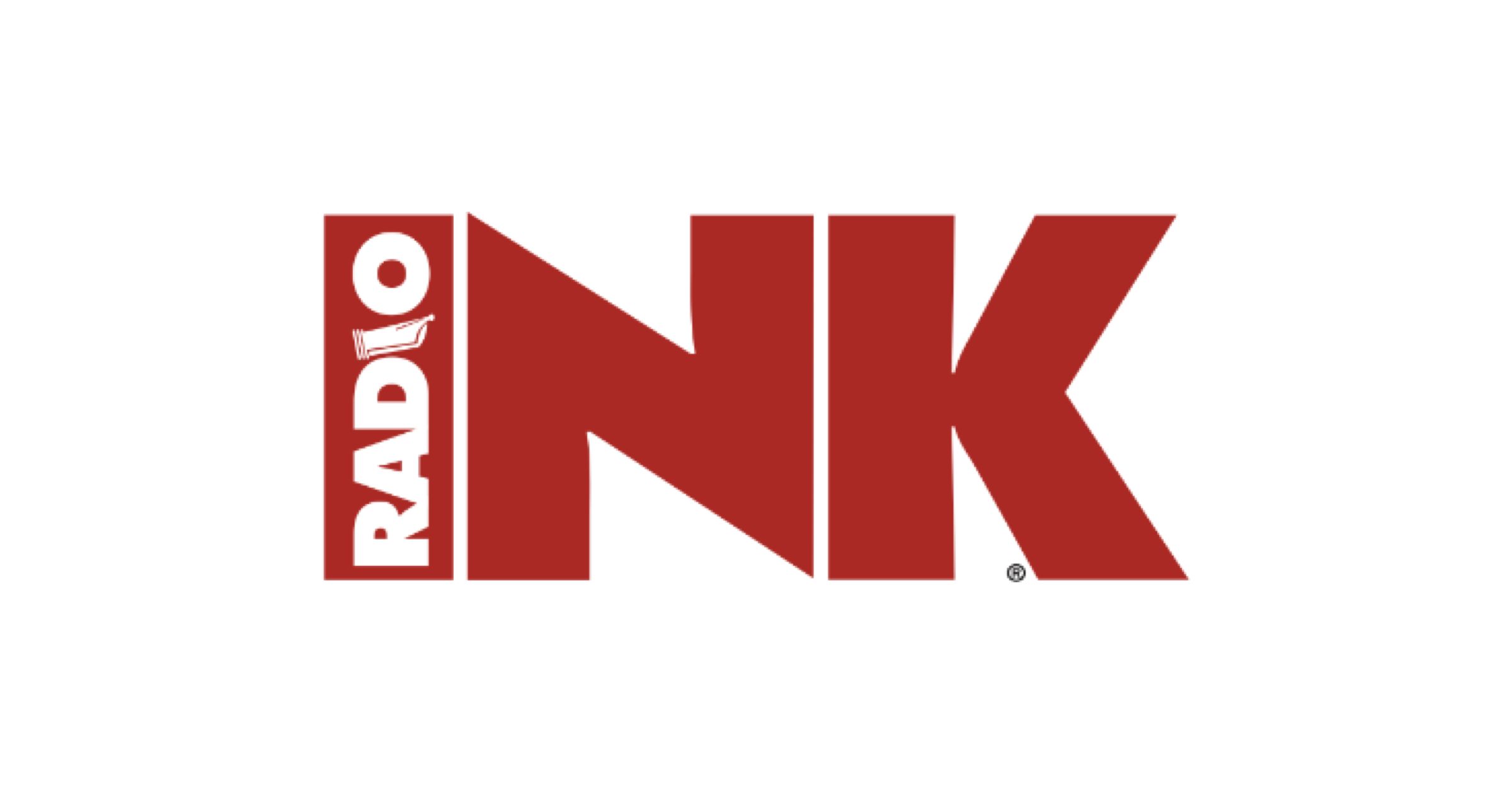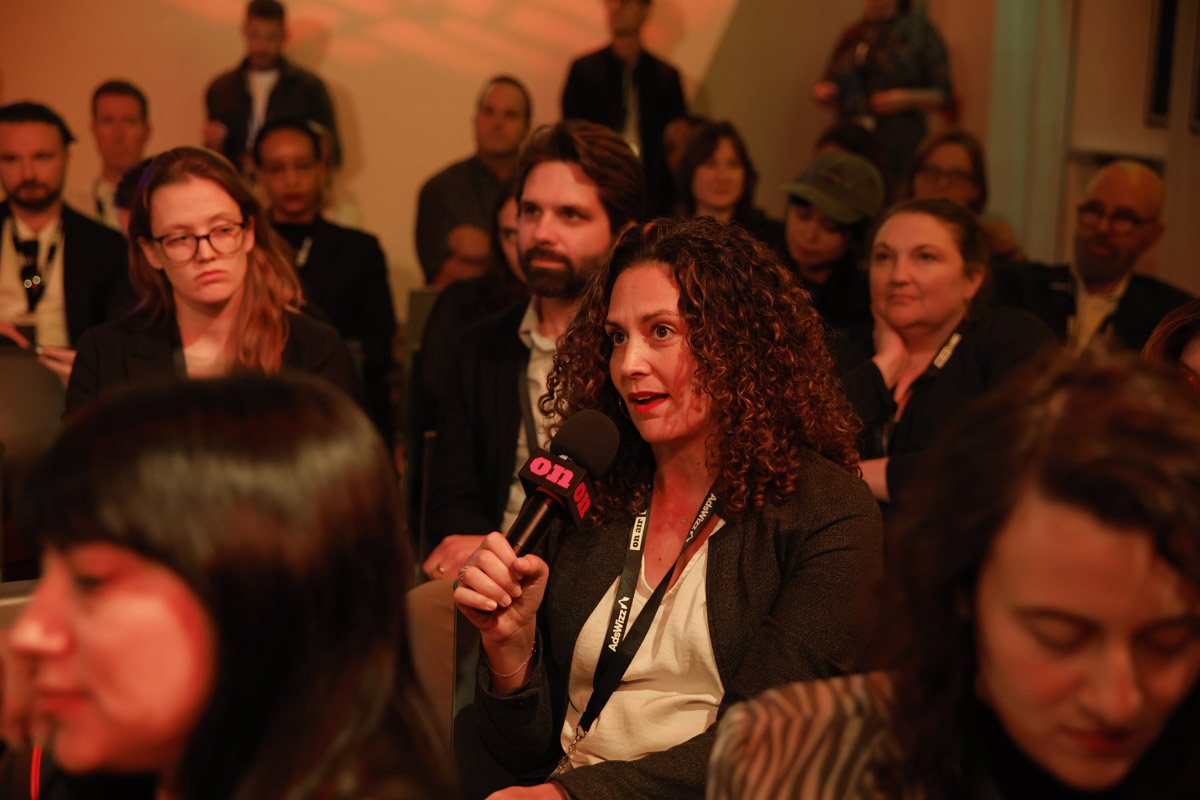
You got your direct-ad chocolate in my programmatic peanut butter - The Short Stack
Friends,
Remember the ad campaign referenced in the above subject line?
That famous spot for Reese's Peanut Butter Cups was everywhere in the 70’s/80’s. Two 20-somethings with huge collars and headphones (like what flight attendants now hand out for free) are walking down the street in sugar-fueled distraction. They smack into each other, whine for a half second about their snack getting corrupted by the other’s snack, and then realize chocolate and peanut butter go perfectly together.
While I still wonder why someone would be walking down the street eating a giant tub of peanut butter, it was a hugely successful campaign, anchored by the slogan “two great tastes that taste great together.” And they do.
What does this have to do with ad sales? Actually a lot – though it’s arguably not nearly as delicious.
Everyone in this business is by now familiar with the fact that there can be some friction between direct and programmatic advertising, whether that’s in podcasting or linear audio, display, video, or any other segment. Proponents of direct often point to custom brand engagements, cross-channel executions, more uniqueness, and similar benefits of more “premium value.” Proponents of programmatic point to more efficiency, measurability, higher sell through, and the like. Many publishers prize one monetization strategy over the other, sometimes to the point of sticking with only one.
Our hope is that most people look at the two sides of advertising (which are actually multiple sides, considering things like programmatic direct, private marketplaces, etc.) as multiple great tastes that taste great together. We’ve written about it before – programmatic and direct are different ad products that, while sometimes overlapping, do different things. They complement each other, and as a result, represent a comprehensive approach to ad sales that offers advertisers more options to reach great consumers, and publishers the possibility of more revenue.
I’ll be talking about it on the panel “Playing Well Together: The Future of Direct Sales with Integrated Programmatic” at Podcast Movement in D.C. with my friends Tamara Zubatiy from Barometer and Sean Howard from Flightpath. Check the Podcast Movement site for the date and time soon.
Speaking of, check out yesterday’s announcement of our partnership with Barometer here!
See you at the show, ready to chat about the many delicious flavors of podcasting.
 Mike Reznick , President & COO
Mike Reznick , President & COO 

TuneIn has landed a comprehensive coverage agreement with the Big 12 Conference. The arrangement includes the launch of a 24/7 Conference-branded audio station … [it] represents another notch in TuneIn’s concentration of audio sports coverage that includes relationships with the NFL and NHL.

At its launch in 2014, radio pinned a lot of hope on Amazon’s Alexa to bring radio back into the American home. As Alexa numbers dwindle ten years later, Amazon is planning a huge revitalization for the AI voice assistant that could bring that hope back to the industry.


Part of SoundStack Insights, Streaming Trends makes understanding your station performance over time really simple, so you make better decisions, faster. From a wide range of metrics you care about (total listening hours, average time spent listening, bounce rate, etc.) to custom time frames, the ability to analyze station-by-station, and a lot more, Streaming Trends is a path to sound choices. Heather Smith tells you about it in this short video.

